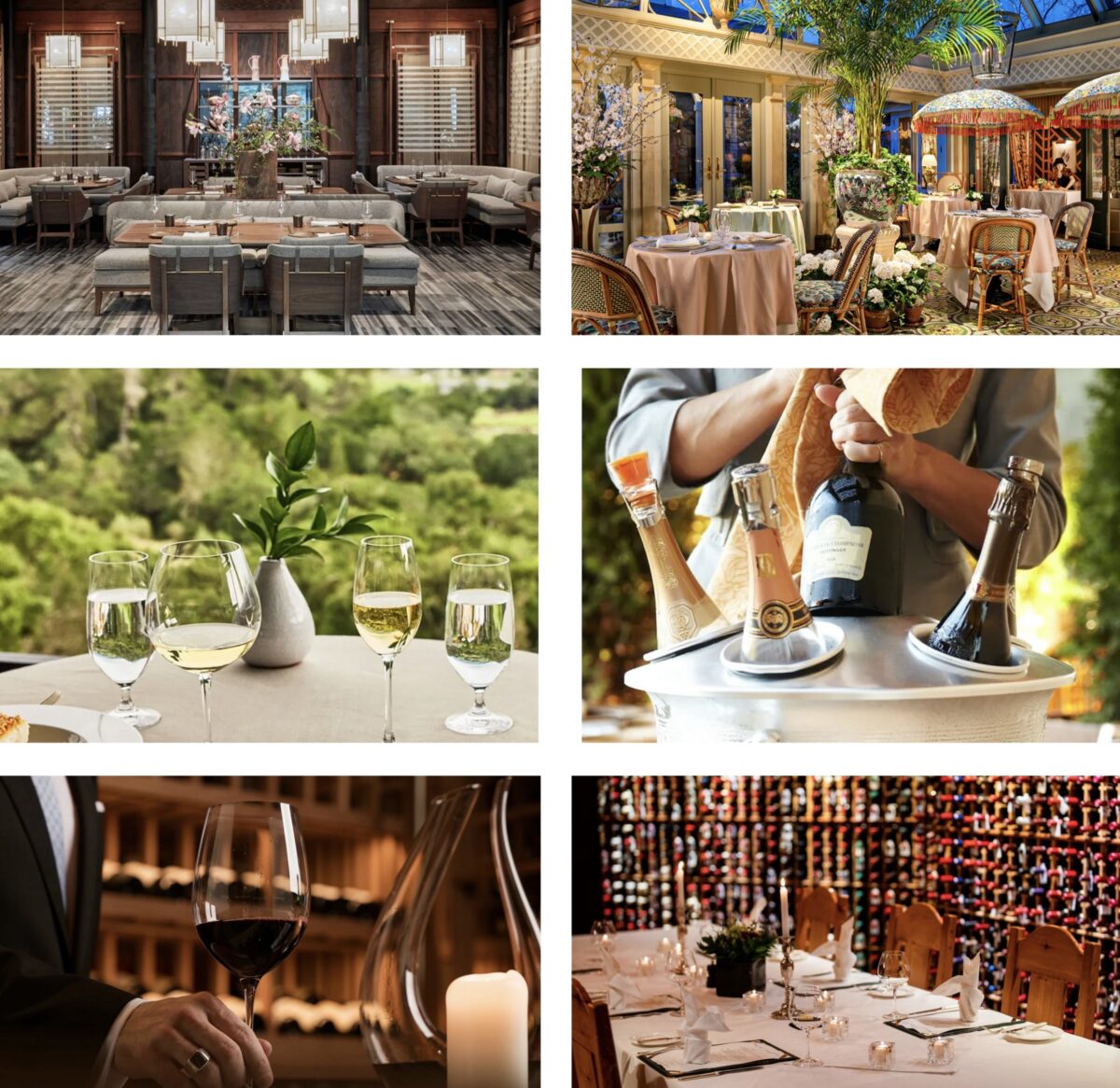Wine has long been intertwined with the art of hospitality, yet a select number of hotels elevate the experience to the highest level by curating world-class cellars that rival esteemed restaurants and private collections. According to MICHELIN Guide, these properties redefine the concept of luxury lodging, offering immersive oenological journeys that appeal to both seasoned connoisseurs and aspiring enthusiasts.
At these destinations, wine is not simply an accompaniment to a fine meal; it is the foundation of the entire stay. Guests may encounter sommeliers who serve as personal guides, expansive cellars that read like encyclopedias of viticulture, and opportunities to pair rest with rare vintages.
From California’s iconic Cabernet Sauvignon estates to the refined lakeside retreats of Québec, these hotels embody the essence of wine tourism in North America. They serve as cultural crossroads, blending terroir, tradition, and innovation into an experience that extends beyond the bottle.
Rosewood Miramar Beach, Montecito, California
This Two-MICHELIN-Key resort looks and feels like a posh summer home. It’s fitting then that Caruso’s isn’t just a MICHELIN-Starred and Green Star restaurant with an ocean view—it’s also home to one of Southern California’s most extravagant wine cellars, stocked with 22,000+ bottles and a serious Burgundy collection. The sommelier team is armed with rare verticals and white gloves, and you’ll find that most guests here dress for dinner, even if they’re just heading downstairs, or opting to enjoy from their suite. Also located at Rosewood Miramar Beach? AMA Sushi with edomae-style sushi, available à la carte or as an omakase.
Rosewood Miramar Beach Wine Cellar, Napa Valley, California
A 15,000-bottle cellar. Lunch overlooking the Rutherford vines. And a wine list that reads like the Napa Valley Book of Genesis. This Three-MICHELIN-Key resort with a MICHELIN-Starred restaurant of the same name doesn’t shout — it purrs, in silky Bordeaux and well-structured Chardonnay. Whether you’re toasting at the bar or reclining in a vineyard-view suite, every sip is a reminder that heaven might just be spelled C-A-B.
SingleThread Inn, Sonoma, California
SingleThread is a unicorn; it’s a Three-MICHELIN-Key hotel with a Three-MICHELIN-Star and Green Star restaurant tucked inside. Here in this culinary sanctuary, dinner unfolds like a symphony, and the wine pairings are its most delicate movement. Located in California’s Wine Country, the inn’s cellar is both impressive and intimate; designed not just to dazzle, but to deepen your understanding of the bottle in front of you. Expect somm-led education, rare local vintages and a breakfast that might just come with a splash of Pét-Nat.
The Little Nell, Aspen, Colorado
Come for the snow, stay for the Pinot Noir. The One-MICHELIN-Key Little Nell may be best known for ski-in, ski-out luxury and its Element 47 restaurant, but oenophiles know it for its award–winning wine cellar: over 20,000 bottles deep, with verticals that rival some European royalty. Prefer your wine with altitude? Book a sommelier-led ski tour, complete with slope-side sabrage. Yes, really.
The Inn at Little Washington, Washington, D.C.
This spot is in a sleepy little town outside of Washington, D.C., but just happens to be home to the region’s only Three-MICHELIN-Star and Green Star restaurant. The dining room is like a Versailles fever dream, and the wine cellar could double as a museum. At Patrick O’Connell’s countryside fantasy, the wine program is an experience unto itself, with deep French and American verticals, pairing flights that border on spiritual and tours that feel like a pilgrimage. You’ll sleep well—but not before a Château d’Yquem nightcap.
Post Hotel & Spa, Lake Louise, Canada
You’ll come for the glacial views and stay for the cellar, which spans more than 22,000 bottles. Discover rare vintages, winemaker dinners and private tastings—all housed in this MICHELIN-Key alpine lodge. It’s the kind of place where après-ski means Amarone, and the wine cellar is deeper than the snowpack.
Manoir Hovey, Québec
Québec’s most refined country escape comes with a serious side of vin. The Two-MICHELIN-Key Manoir Hovey houses a 15,000-bottle cellar and leans proudly into local pairings, offering Québécois wines you won’t find at your downtown wine bar. Book a table at Le Hatley for fine dining or Le Tap Room for a more casual setting. It’s as much about terroir as it is about taste—and yes, there’s foie gras involved.
As wine tourism continues to flourish globally, the MICHELIN Guide’s recognition of these hotels underscores a growing trend: travellers no longer seek only a destination, but a holistic experience that marries luxury, culture, and vinous discovery.
Source: MICHELIN Guide





